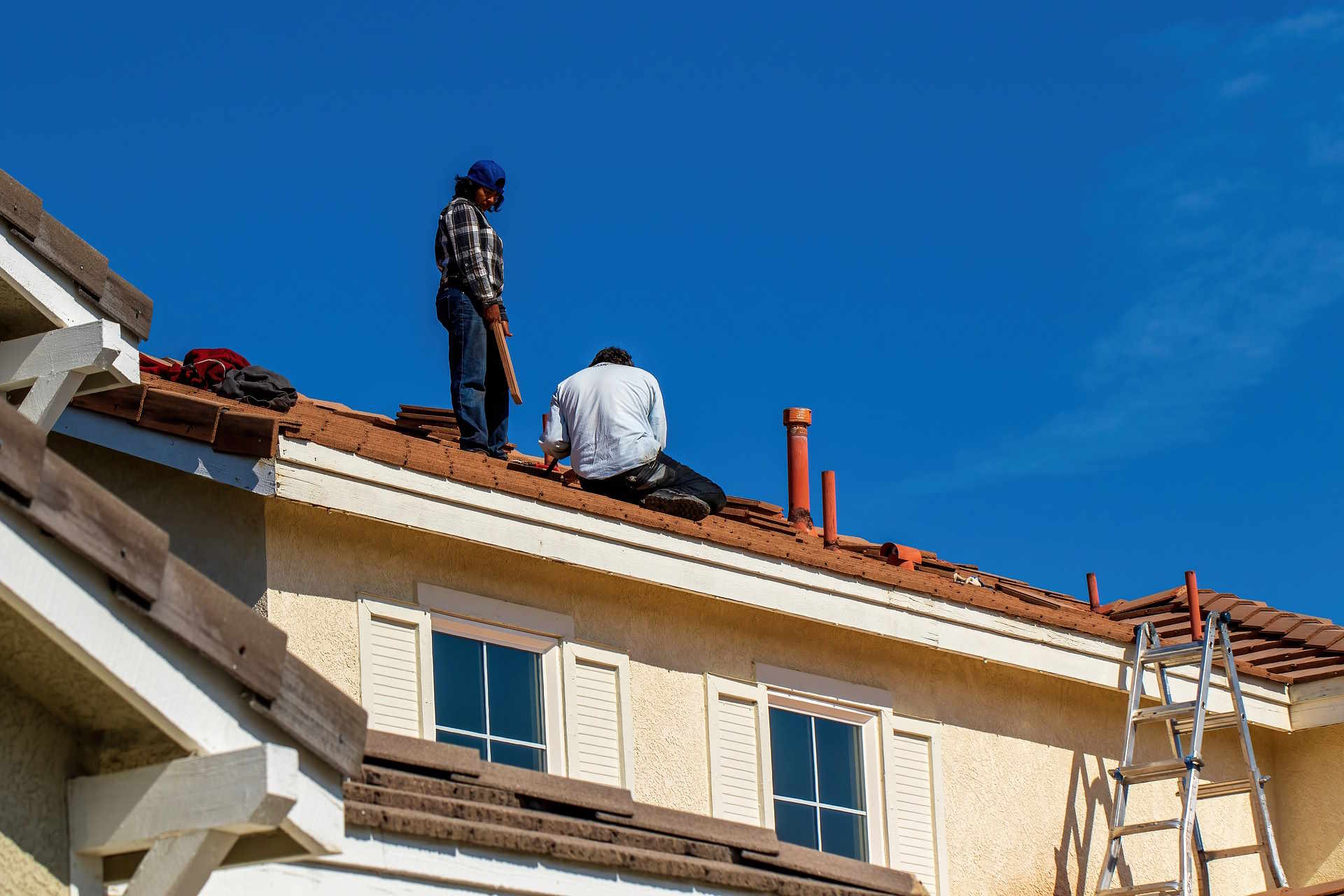Basement Waterproofing Essentials for a Dry, Healthy Home
A damp basement can quickly harm a house’s structure, reduce indoor comfort, and lead to mold growth. Basement waterproofing protects living space and safeguards your foundation by managing water at the source and reducing hydrostatic pressure. This article explains practical methods, common entry points, and maintenance steps so homeowners can make informed choices about keeping water out.

Basement: Why waterproofing matters
A basement is often the lowest point of a property and therefore the first place water shows up when drainage fails or groundwater rises. Left unchecked, moisture can rot framing, ruin finishes, and create mold and mildew that affect indoor air quality. Waterproofing addresses both visible leaks and hidden seepage, helping preserve the long-term value of your house and avoiding costly structural repairs later.
Basement waterproofing also reduces repair cycles. Simple fixes like sealing small cracks can be effective short-term, but comprehensive solutions that manage external water and relieve hydrostatic pressure are more reliable over time. Regular inspections after heavy rain and seasonal checks help catch problems before they escalate.
Waterproofing methods for lasting protection
There are two broad approaches: exterior waterproofing and interior systems. Exterior waterproofing typically involves excavating around the foundation, applying waterproof membranes, and installing exterior drainage to redirect water away from the foundation walls. This method addresses water before it reaches the wall and is often recommended when extensive seepage or recurring problems exist.
Interior waterproofing focuses on controlling water that has already entered the basement. Common measures include interior perimeter drains that lead to a sump pump, wall sealants, and vapor barriers. Combining interior drainage with a reliable sump pump and battery backup reduces the risk of basement flooding during storms or power outages.
House moisture: how it affects indoor living
Moisture in basements can migrate into the living areas, especially in homes with shared HVAC systems or open stairways. High humidity encourages mold growth and may aggravate allergies or respiratory issues for sensitive occupants. Managing basement humidity through waterproofing, good ventilation, and a properly sized dehumidifier improves comfort and helps protect finishes and stored items.
Routine tasks like keeping gutters clear, maintaining downspouts that discharge away from the foundation, and ensuring proper exterior grading reduce the volume of water that reaches the house. These preventive measures complement core waterproofing work and reduce the frequency of repairs.
Foundation risks and how to address them
Foundation problems linked to water range from hairline cracks to significant structural movement. Hydrostatic pressure—the force of groundwater pressing against foundation walls—can cause bowing or cracking over time. Identifying the root cause is essential: localized cracks may be repaired with epoxy or polyurethane injections, while widespread wall movement often requires professional structural assessment and more extensive remediation.
Addressing foundation risks begins with accurate diagnosis. A qualified inspector or structural engineer can recommend whether localized waterproofing, foundation underpinning, or drainage improvements are appropriate. Timely action helps avoid escalating damage and preserves the house’s structural integrity.
Water entry: common sources and prevention
Water can enter a basement through wall cracks, floor-wall joints, poorly sealed window wells, blocked exterior drainage, or groundwater pressure. Seasonal frost heave and clogged gutters exacerbate these issues. Simple prevention steps include grading the landscape to slope away from the foundation, installing or extending downspouts, and cleaning window wells regularly.
For persistent or hard-to-locate leaks, techniques such as flood testing, moisture mapping, and thermal imaging help pinpoint entry points. Once located, solutions range from targeted crack sealing to installing full perimeter drainage and sump pumps. Combining source control with interior protection yields the best long-term results.
Conclusion
Basement waterproofing is a combination of preventive maintenance, correct diagnosis, and appropriate interventions—exterior barriers, interior drainage, and moisture control. Regular inspections, attention to grading and gutters, and timely repairs of cracks or drainage failures keep water from compromising a house’s foundation and indoor environment. Thoughtful, staged measures tailored to the specific cause of water intrusion provide the most durable and cost-effective protection.






